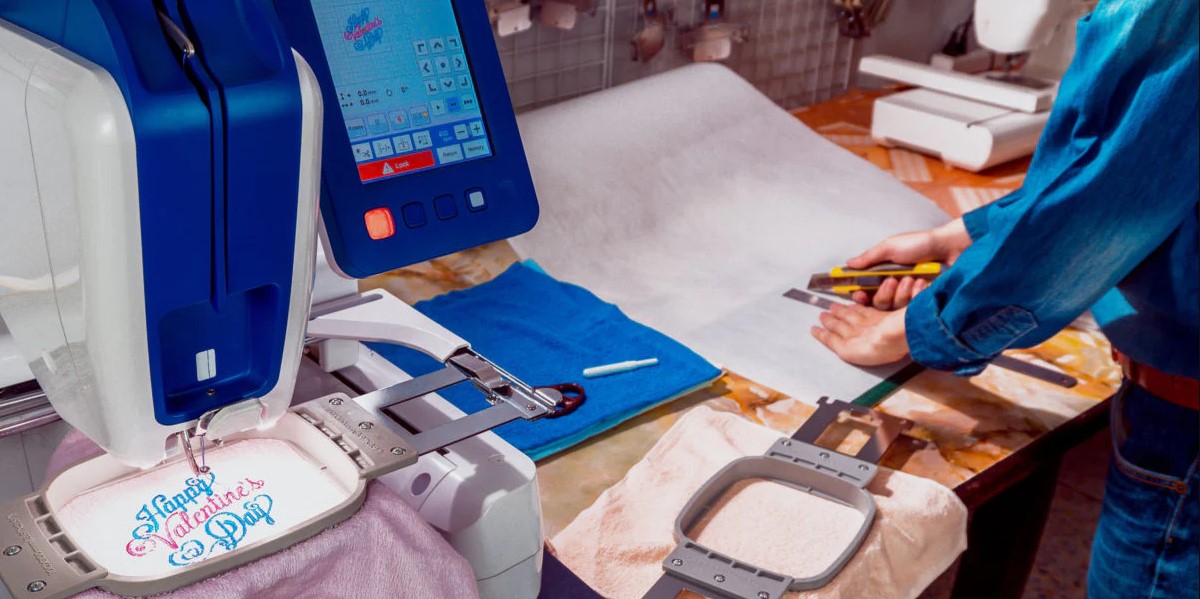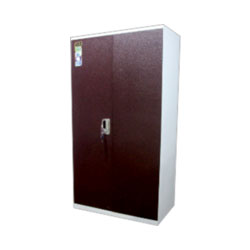Tear-Away vs Cut-Away: Understanding Embroidery Stabilizer Types

In machine embroidery, success doesn’t only depend on threads or digitized designs — stabilizers are the unsung heroes that keep your fabric in place and your stitches crisp. Among the many stabilizer options, the most commonly used are Tear-Away and Cut-Away stabilizers.
But when should you use one over the other? What are the pros, cons, and use cases of each?
This guide will help you understanding embroidery stabilizers, so you can confidently choose the right one for flawless embroidery results.
What Is an Embroidery Stabilizer?
An embroidery stabilizer is a supporting material placed behind or on top of the fabric to prevent distortion, puckering, and shifting during stitching. It ensures that the fabric stays stable — especially when working with stretchy or delicate materials.
The right stabilizer is essential for:
- Clean, well-defined stitches
- Maintaining design shape and alignment
- Preventing wrinkles and pulling
Tear-Away vs Cut-Away: Quick Overview
| Feature | Tear-Away Stabilizer | Cut-Away Stabilizer |
| Removal | Rips away after stitching | Trimmed with scissors |
| Best For | Stable, non-stretch fabrics | Stretchy or delicate fabrics |
| Support Duration | Temporary | Permanent (remains in fabric) |
| Stiffness | Less stiff | More rigid, offers better support |
| Ease of Use | Quick to remove | Takes more time to trim |
| Common Uses | Towels, denim, canvas | T-shirts, knits, jerseys |
What Is Tear-Away Stabilizer?
Tear-away stabilizer is designed to rip away cleanly from your design once the embroidery is complete. It provides temporary support during stitching and is typically used with non-stretch, woven fabrics.
Pros:
- Easy and fast to remove
- Leaves minimal residue behind
- Ideal for firm fabrics and quick projects
Cons:
- May not provide enough support for stretchy fabrics
Best Used For:
- Towels
- Denim
- Canvas
- Table linens
- Hats and caps (when paired with specialty stabilizers)
Tip: Use two layers of tear-away for better stability if your fabric has a looser weave.
What Is a Cut-Away Stabilizer?
Cut-away stabilizer is permanent and must be trimmed with scissors after stitching. It stays in the fabric to maintain shape and strength, especially when working with stretchy or soft materials.
Pros:
- Provides superior support
- Prevents puckering on stretchy fabrics
- Maintains embroidery shape over time
Cons:
- Takes longer to trim
Best Used For:
- T-shirts
- Polo shirts
- Sweatshirts
- Jersey knit
- Baby clothing
Tip: When trimming, leave about ¼ inch of stabilizer around the design for lasting support.
How to Choose the Right Stabilizer
Choosing between tear-away and cut-away depends on your fabric type, stitch density, and intended use of the embroidered item.
Use Tear-Away When:
- Working on firm, woven fabrics
- The design has low to medium stitch density
- The project will not be worn or washed frequently
Use Cut-Away When:
- Stitching on knit, stretchy, or delicate fabrics
- The design has dense or complex stitching
- The item will be worn or washed often
Specialty Versions to Know
Both tear-away and cut-away stabilizers come in specialty options to fit unique project needs:
Fusible Stabilizers
Iron-on options that stick to your fabric, providing added support during hooping.
Wash-Away Stabilizers
Great for freestanding lace, sheer fabrics, or topping on towels to avoid stitches sinking into loops.
No-Show Mesh (Cut-Away)
A soft, lightweight cut-away stabilizer that’s nearly invisible through light-colored knits.
Pro Tips for Perfect Stabilizer Use
- Hoop both fabric and stabilizer together when possible to prevent shifting.
- For delicate fabrics, use a soft cut-away to avoid leaving rigid backing.
- Avoid using tear-away on stretchy knits — it may distort after washing.
- Trim cut-away stabilizer close to the stitches, but never too tight to avoid damaging them.
- Consider using a spray adhesive or fusible stabilizer if your project slips during hooping.
Stabilizers for Display-Only Embroidery
If your piece will be framed in a hoop or displayed, tear-away stabilizers are usually sufficient. However, if the embroidery is dense or stitched on a delicate base, a lightweight cut-away might still be better for preserving shape.
Want to showcase your work in hoops? Read our guide on The Art of Embroidery Hoops: A Creative Frame for Stitching Masterpieces.
Final Verdict: Tear-Away or Cut-Away?
If your fabric is firm and doesn’t stretch, go for tear-away.
If your fabric is soft, stretchy, or worn often, choose cut-away.
Still unsure? When in doubt — go with cut-away. It’s the safer option for most garments and produces longer-lasting results.
Bonus: Start with a Perfect Digitized Design
Choosing the right stabilizer is only half the battle. A poorly digitized design will distort no matter how good your stabilizer is. That’s why it’s essential to use professional digitizing services for logos, artwork, or custom embroidery projects.
Digitizing Buddy offers fast, affordable, and accurate digitizing services for all embroidery machine formats. Whether you’re working with JPG, PNG, or vector files, we’ll help you turn them into stitch-ready designs that align beautifully with your chosen stabilizer and fabric type.



